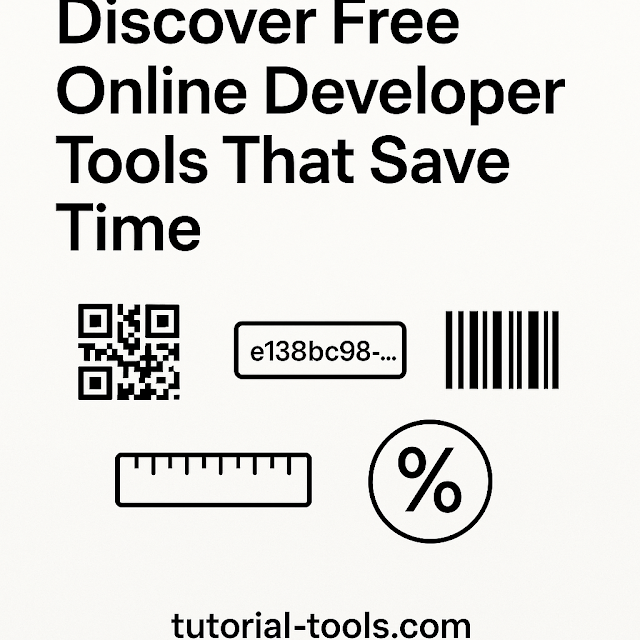The Internet of Things (IoT) is often talked about as some distant future vision. Consumers dream about connected lives, journalists talks about how IoT will change the web.
It might come as a surprise to learn that 451 research found in July 2016 that 65% of enterprises were already using IoT based Technologies and solutions. Gartner says that by 2020 there will be more than 26 billion IoT devices will be available for public
Below are the factors that entrepreneurs and startups should consider while planning for their first IoT product:
- Prototype Cost:
- Cost is very important driver in almost all IoT based projects. Its recommended to invest resources in prototype extensively, before jumping into full scale product development. Prototyping is the best route to happy customers so be sure to test user’s desire, the hardware’s materials and costs and the product’s ease of use because it help you to figure out if the desired prototype fits in users lives and also check if they like the product. Skipping the prototyping phase locks your company into a product that may fall flat. A more cost effective approach is building a Minimum Viable Product prototype to help building a roadmap to cost reduction and bring out the business case.
- Production cost:
- Do not underestimate the production cost for IoT based solution. Many startup IoT projects fail not because of the bad idea but they tend to focus on hardware and software at the same by doing multiple things are the same time with the limited resource. The cost to produce hardware at scale often catches entrepreneurs off-guard and overwhelms the budget. The cost difference between using an Arduino and off-the-shelf parts is vastly different from custom circuitry and a scalable assembly line in Shenzhen. So instead of over promising with the hardware, try to get wins from software.
- Focus on Software:
- IoT can make products appear seamless. All such IoT devices somehow connect to a smartphone or web and then make users want to quit. It may take a few tries to create a dependable connection, but no IoT device works without one. Your software is a big part of the user experience, so make use of software in such a way that it supports the hardware functionalities which is easy to understand for the users and simplify the usage.
- Build to serve, not to impress:
- IoT solutions is not all about sticking a chip in a device and calling it an IoT based solution. Many have tried this and have failed as well. What’s more ahead is that you need to test assumptions about customer by asking yourself question like “what do my customers actually need?” and then create a device that delivers its true value.
- Product testing by Users :
- The prototype that you build is likely to charm users but it is important to put your product into their hands for them to test it at the early stage and to give you feedback on the same. It’s easy to become emotionally invested in your work, but don’t be afraid to share a product that isn’t perfect. The valuable information you’ll glean is worth the discomfort.



No comments:
Post a Comment